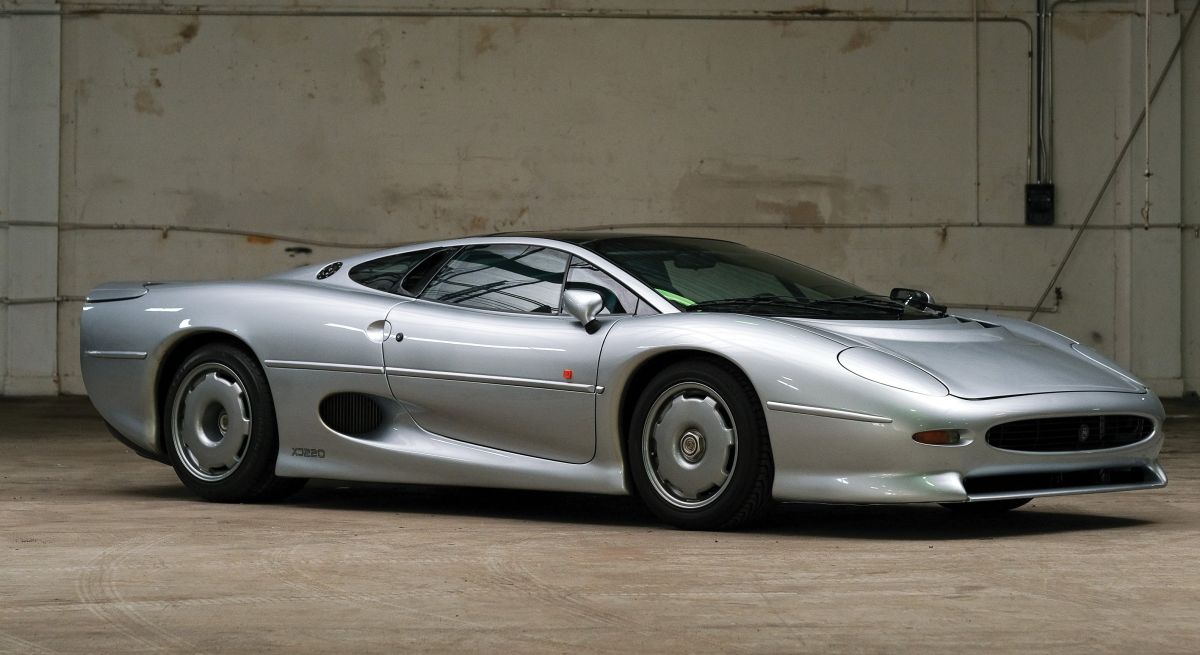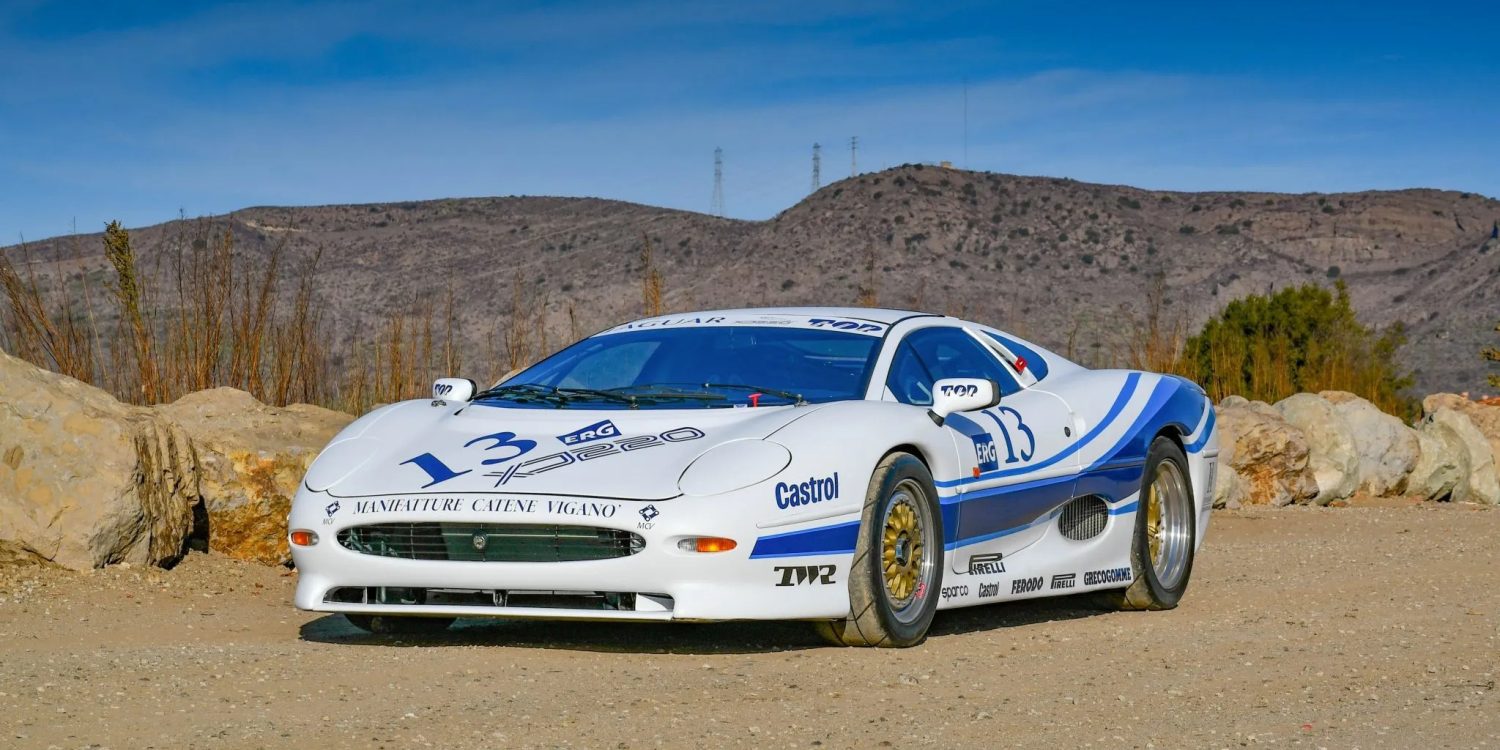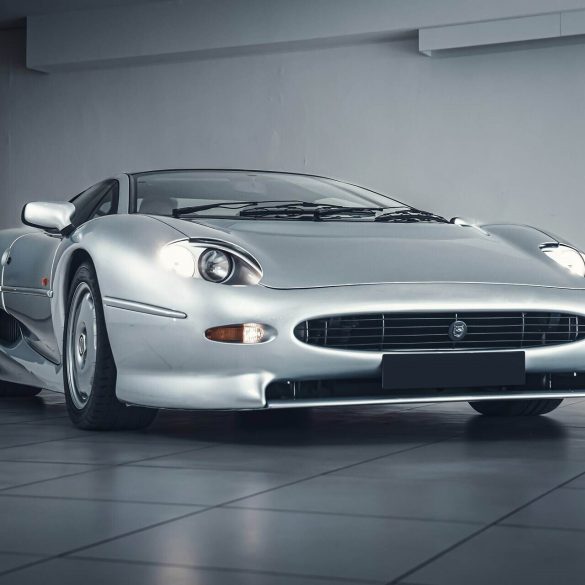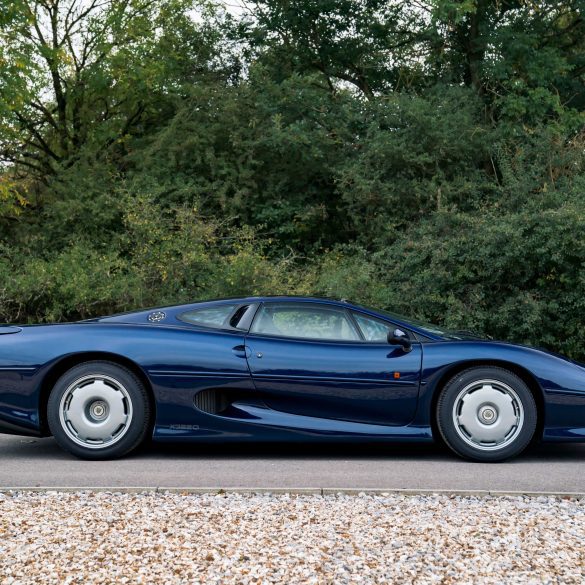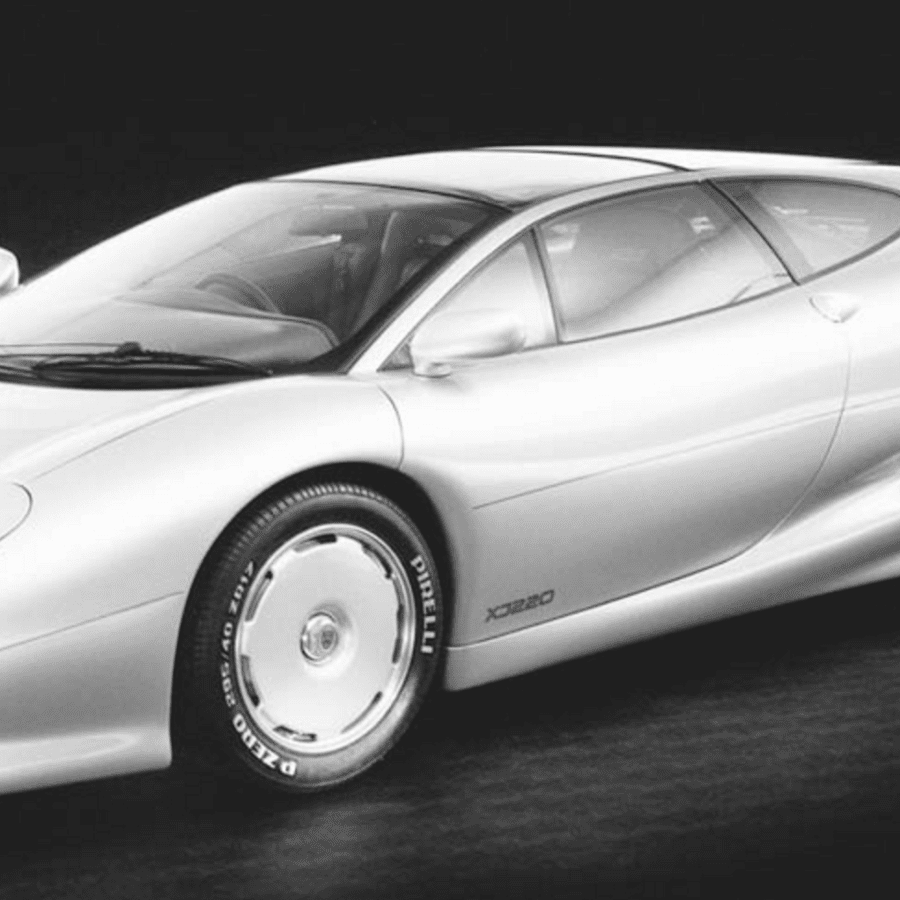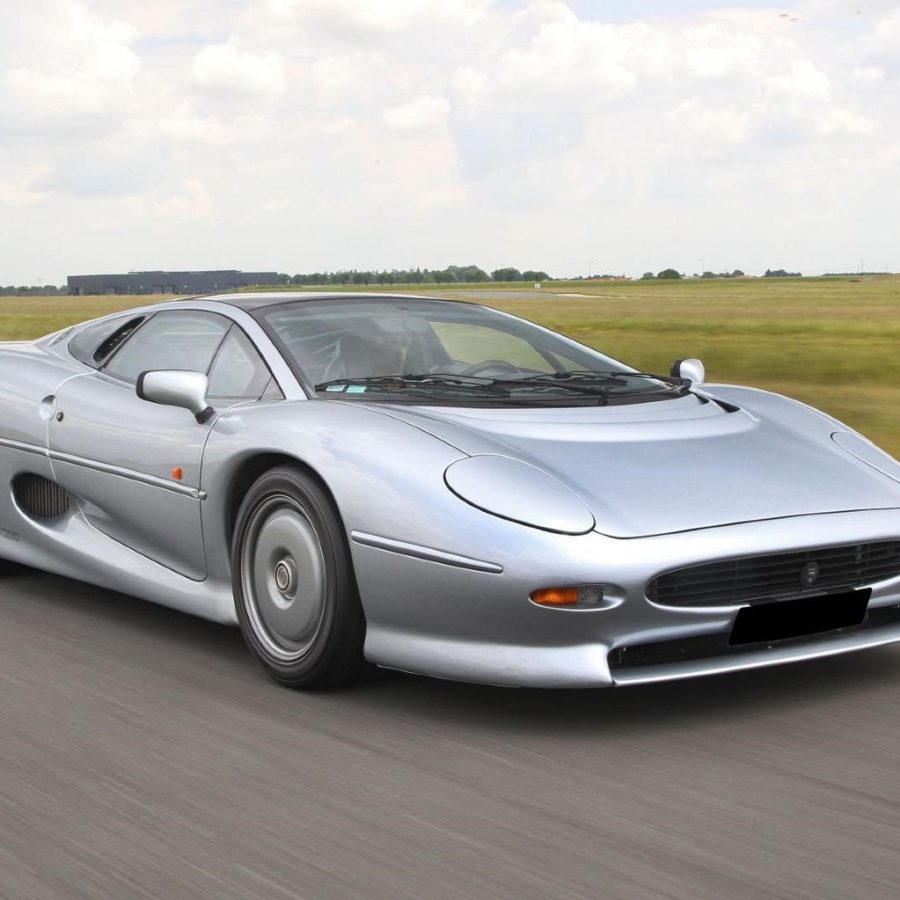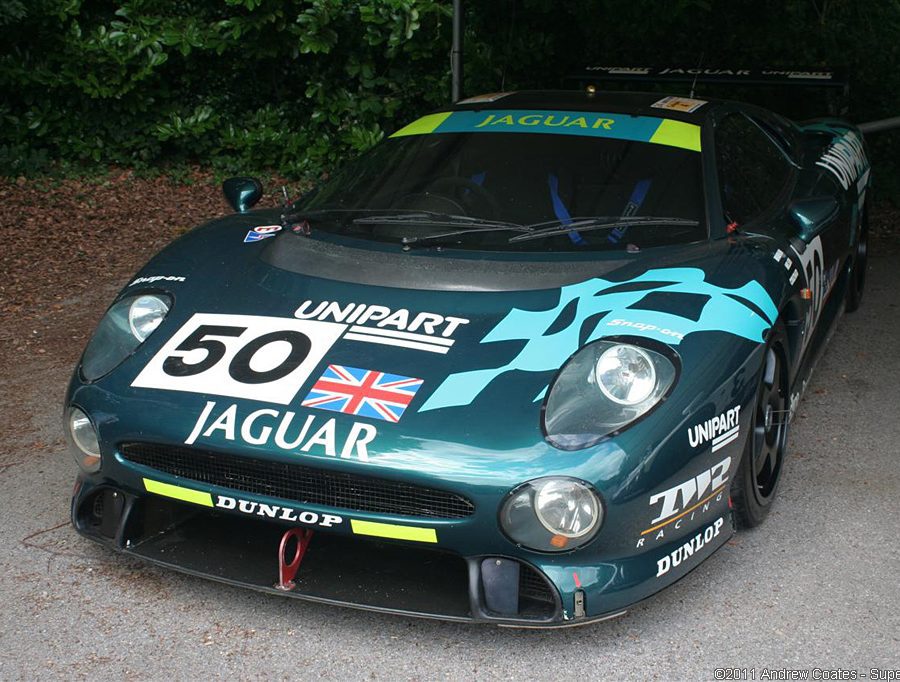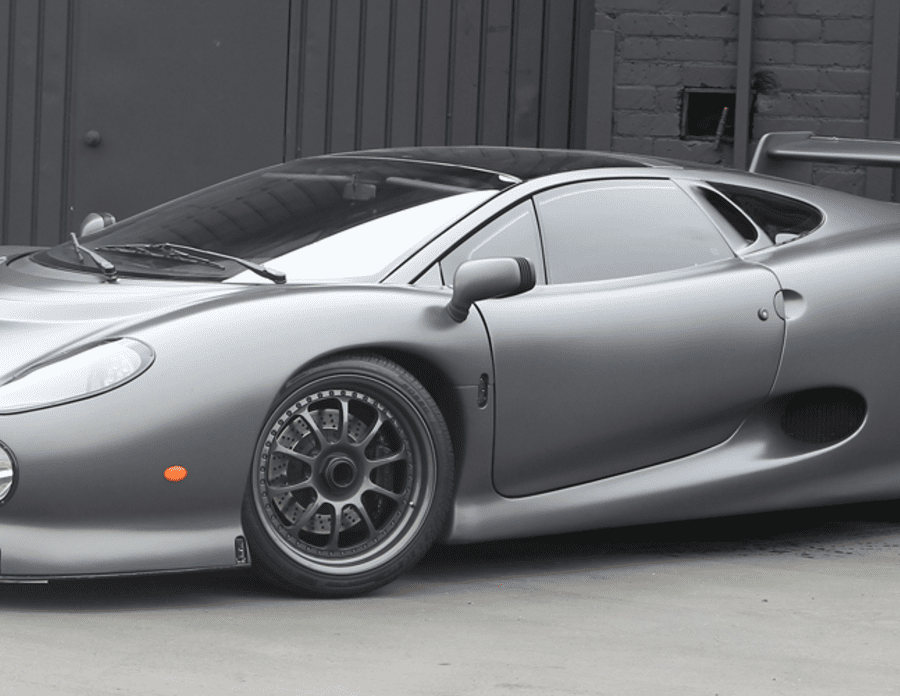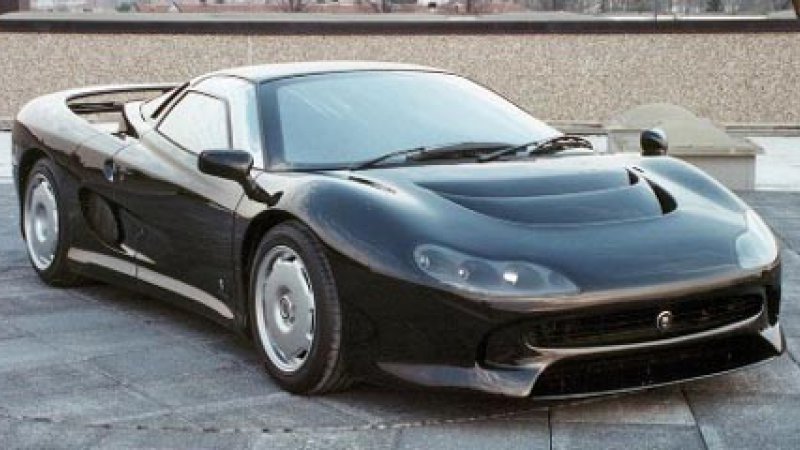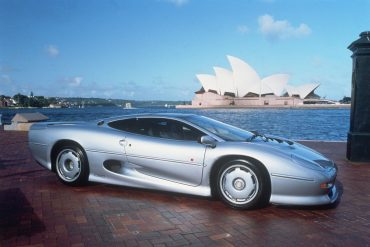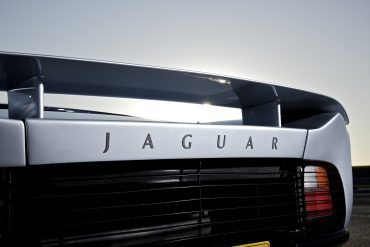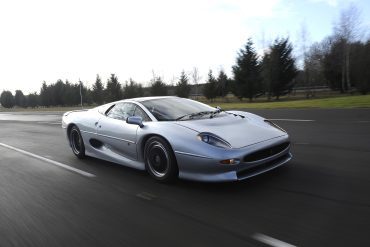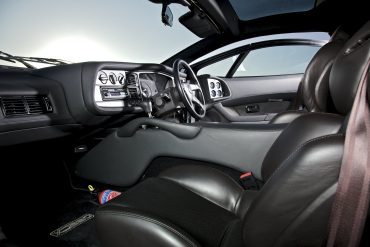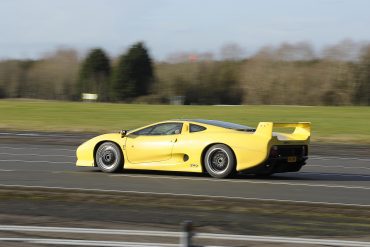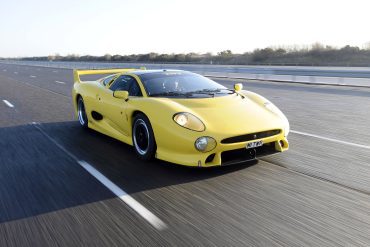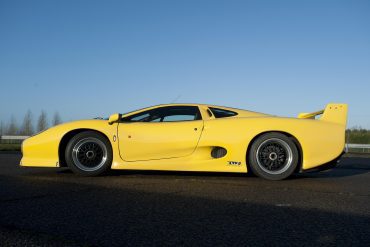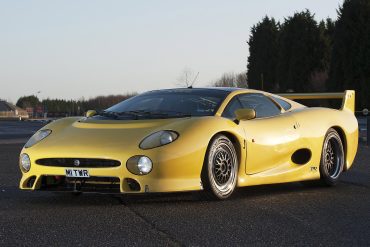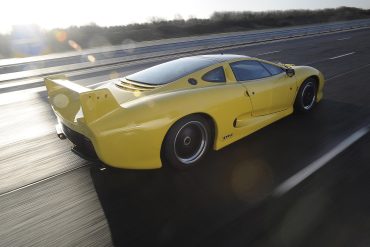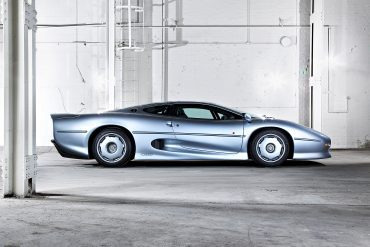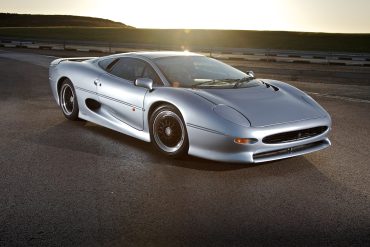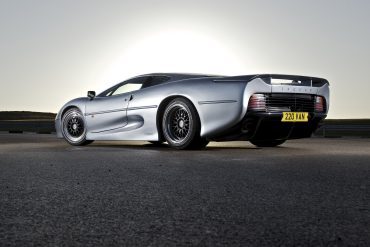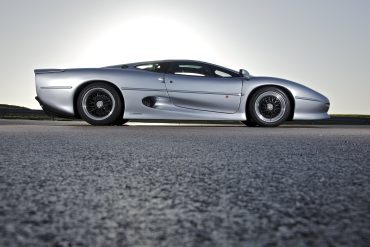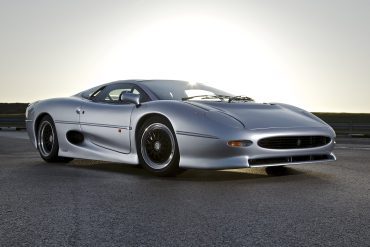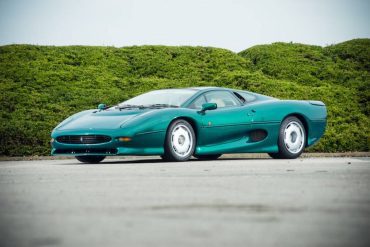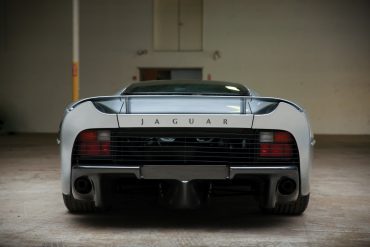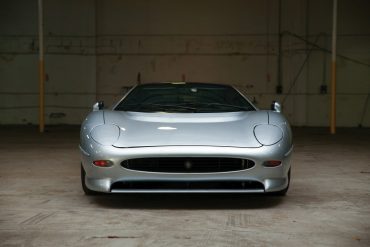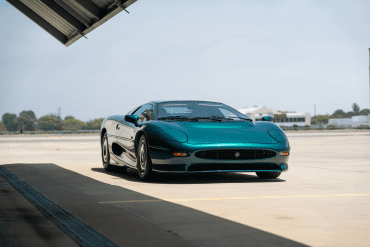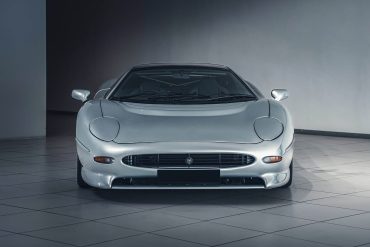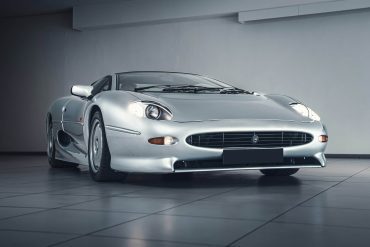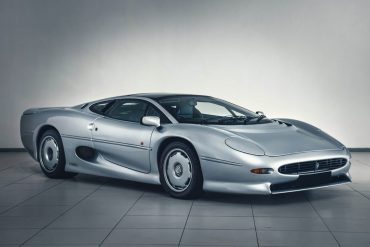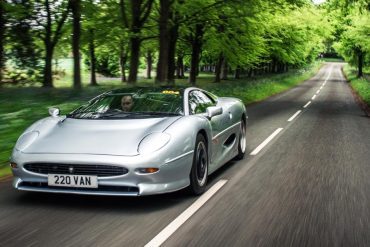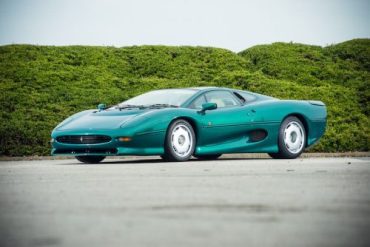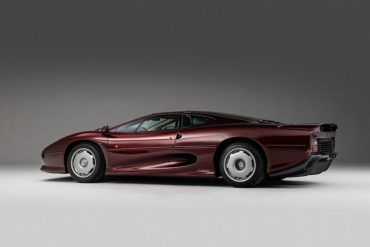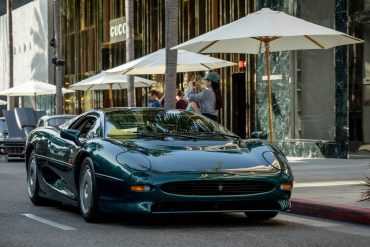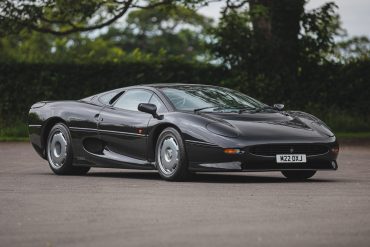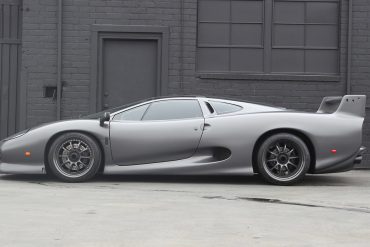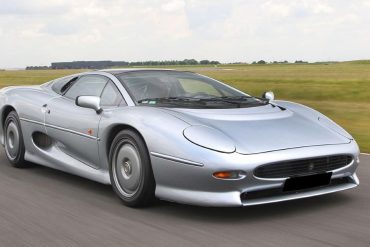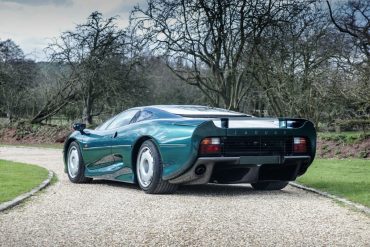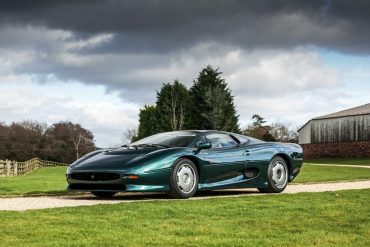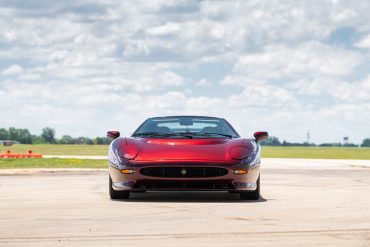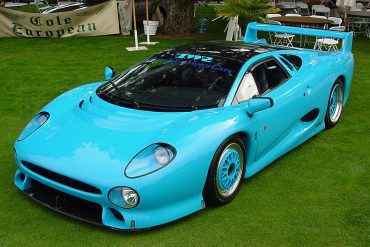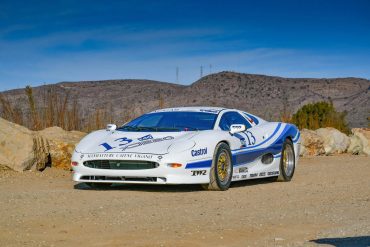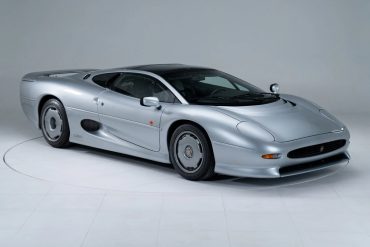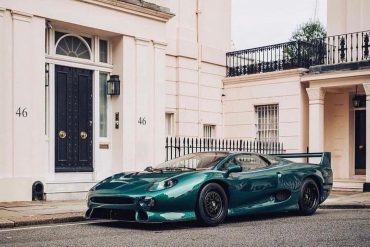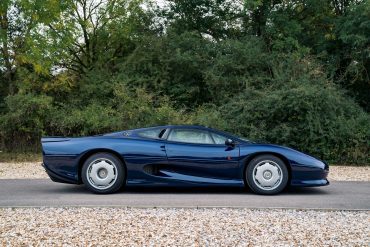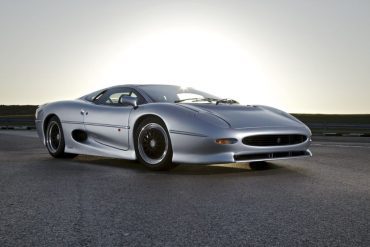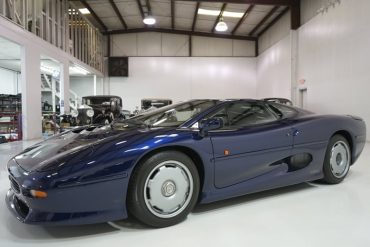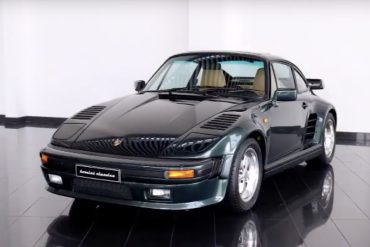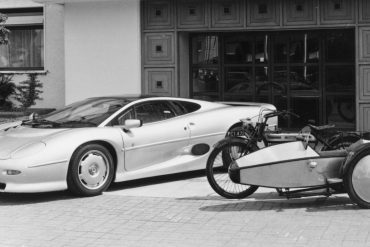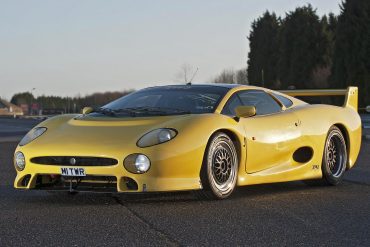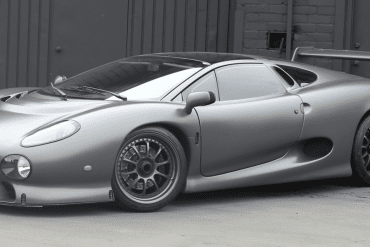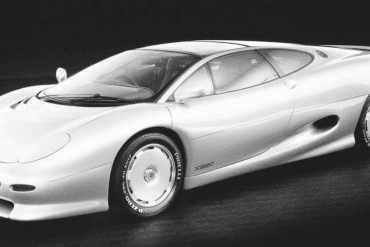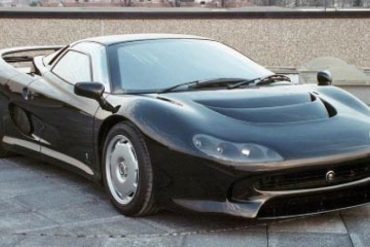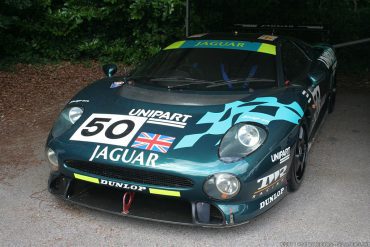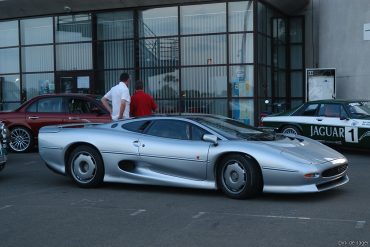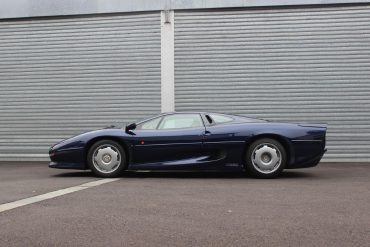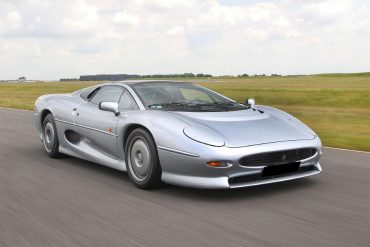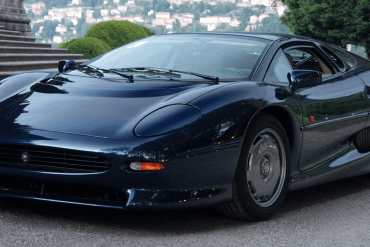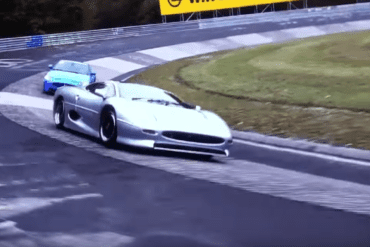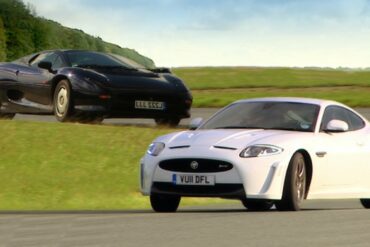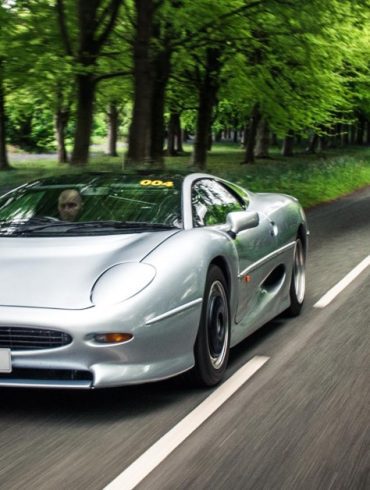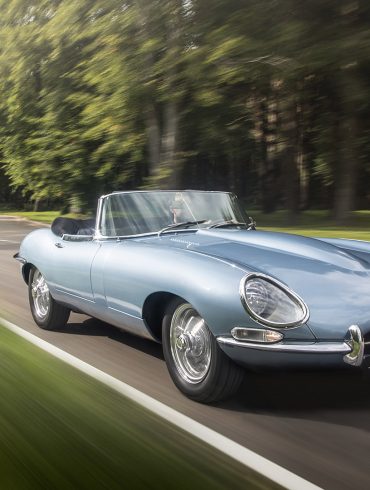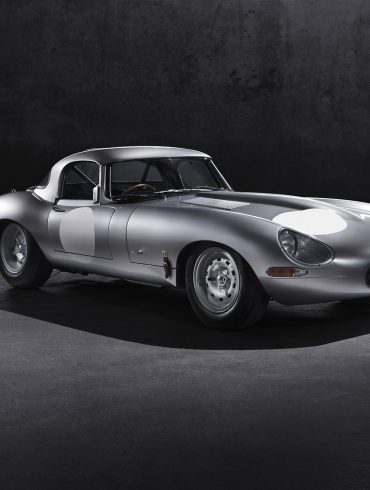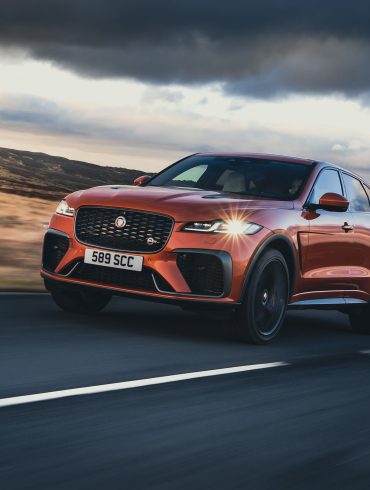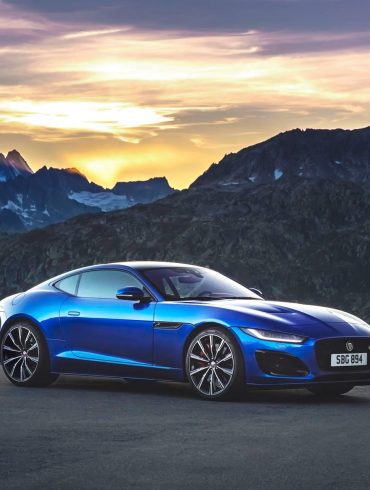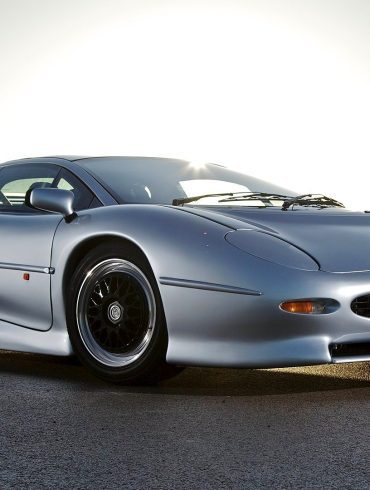Jaguar XJ220
1992 - 1994
The Jaguar XJ220 was a supercar of wild ambition and immense controversy. Originally conceived as a technological tour de force showcasing a V12 engine and all-wheel-drive, it arrived in 1992 significantly changed – now powered by a turbocharged V6 and ditching all-wheel-drive for a rear-wheel-drive layout. Despite the uproar from early buyers, the XJ220 still made history and remains an icon of 1990s performance.
Overview / The Legend / Model Guides / Image Gallery / More Updates
Overview
The Jaguar XJ220 was first unveiled as a prototype in 1988, and eventually saw production beginning in 1992. Born from a collaboration between Jaguar and Tom Walkinshaw Racing, the XJ220 holds a unique and special place in automotive history.
During pre-production, the XJ220 ran into a number of technical and financial hurdles, which greatly altered the final specs of the production car. The most notable of changes was the engine. Originally intended to be a 6.2L V12 engine, production cars were offered instead with a twin turbo V6 engine.
While not initially received as Jaguar would have wanted, the XJ220 has grown a strong following and is still Jaguar's only real supercar. This history, coupled with a production run of only 282 cars, make the XJ220 a collector's dream.
The Backstory
Following a period of moderate achievements in the 1970s with their modified E-Types and XJ-S models, the British car manufacturer set its sights on the 1980s, aspiring to make a triumphant return to Le Mans with a fully-fledged prototype.
The ensuing XJR projects culminated in triumphant Le Mans victories in 1988 and 1990, accompanied by a series of first-place finishes across various competitions, clinching the overall championship titles in 1987, 1988, and 1991. However, changes in racing regulations concerning refueling impacted the efficiency of the XJR's V-12 engine, leading Tom Walkinshaw Racing to explore the potential of the 3.5-liter twin-turbo V-6 engine from the MG Metro 6R4 after its Group B racing series was discontinued.
Simultaneously, Jaguar's executives felt that their commercial vehicles were becoming increasingly detached from their racing heritage, which had largely been delegated to the TWR racing team. This led to the initiation of an in-house high-profile racing program, initially targeting the still-active Group B category. In the latter part of 1987, the engineering director, Jim Randle, conceived a preliminary design and strategy for a Group B prototype. This blueprint was further developed by Jaguar’s design team during their downtime, eventually evolving into the operational XJ220 prototype.
Conforming to the Group B regulations, the XJ220 featured a 6.2-liter V-12 engine, an evolution of the XJR racing engines, combined with an intricate all-wheel-drive system. Unveiled at the 1988 British International Auto Show, the prototype captivated attendees, sparking substantial interest among affluent collectors and automotive enthusiasts. This enthusiastic reception prompted Jaguar to subsequently confirm a limited production of approximately 350 units.
The Bait & Switch
Immediately after the decision to proceed, development of the production version of the car commenced. As part of the ongoing motorsports agreement with TWR, Jaguar delegated a significant portion of the XJ220's development and production responsibilities to the racing team. Consequently, a collaborative venture was established between Jaguar and TWR, named Project XJ220 Ltd., to spearhead this ambitious project. A pivotal shift in the car’s design was the substitution of the original V-12 engine with the 3.5-liter twin-turbo V-6 sourced from the discontinued 6R4. The V-12 was set aside due to issues with reliability, emissions, and its power output, whereas the V-6 engine offered benefits such as a shorter wheelbase, reduced weight, and enhanced power and torque, outperforming the initial V-12's specs.
The originally planned sophisticated all-wheel-drive system was also abandoned in favor of a more conventional rear-wheel-drive layout, which was paired with a six-speed manual gearbox. In a move to simplify the vehicle and reduce costs, other high-tech features like the rear-wheel steering, adjustable ride height suspension, and active aerodynamics were removed. However, the car retained its innovative honeycomb aluminum chassis and the streamlined, aerodynamic body design that had been part of its initial allure.
A Brief Reign at the Top
The XJ220's performance was nothing short of breathtaking for its time. Equipped with the 6R4-derived engine, the production XJ220 boasted an impressive 542 horsepower and 475 lb-ft of torque.
This powerhouse enabled the car to accelerate from 0-60 mph in just 3.6 seconds, reaching a top speed of 212 mph, or 217 mph when equipped with unrestricted catalytic converters. This phenomenal speed made the XJ220 the world's fastest production car temporarily until it was dethroned by the McLaren F1 in the mid-1990s.
Despite the immense efforts and engineering prowess of Jaguar and TWR, the XJ220 project was troubled from the outset of its delivery phase. The vehicle's launch coincided with a global economic downturn, which also contributed to the downfall of Bugatti Automobili and the EB110, severely affecting demand.
The considerable alterations made to the car’s mechanics and design from its initial concept further diminished its appeal, leading to disappointing sales figures and a tepid reception from the media. Consequently, only 282 of the envisioned 350 units were manufactured and sold from 1992 to 1994.
Jaguar XJ220 Basics
Manufacturer: JaguarSport (Jaguar/TWR joint venture)
Production (Yrs): 1992–1994
Production: 282 produced)
Assembly: United Kingdom: Bloxham, Oxfordshire
Designer: Keith Helfet
Body style: 2-door coupé
Layout: Rear mid-engine, RWD
Engine: 3.5 L twin-turbo Jaguar V6
Power: 542 hp
Torque: 475 lb-ft
Transmission: 5-speed manual
Wheelbase: 2,640 mm (103.9 in)
Length: 4,930 mm (194.1 in)
Width: 2,009 mm (79.1 in)
Height: 1,150 mm (45.3 in)
Kerb weight: 1,470 kg (3,240.8 lb)
Did You Know?
The '220' in its name originally referred to its intended top speed of 220 mph. It fell slightly short, but still managed a record-breaking 217 mph.
The production XJ220 differed significantly from its concept version. The original featured a V12 engine, all-wheel-drive, and even scissor doors! The change in specifications led to lawsuits from disappointed customers who had placed early deposits based on the concept car.
The Sultan of Brunei commissioned several custom XJ220s by Pininfarina.
Jaguar initially intended for the XJ220 to participate in the legendary Le Mans endurance race - a goal that sadly never came to be.
"One of the greatest supercars ever built. It takes a brave man to really get the best out of it, though."
Tiff Needell
"It's faster round the Top Gear track than any other road car we've tested… The trouble is, if you try to use that performance it bites your head off."
Jeremy Clarkson


